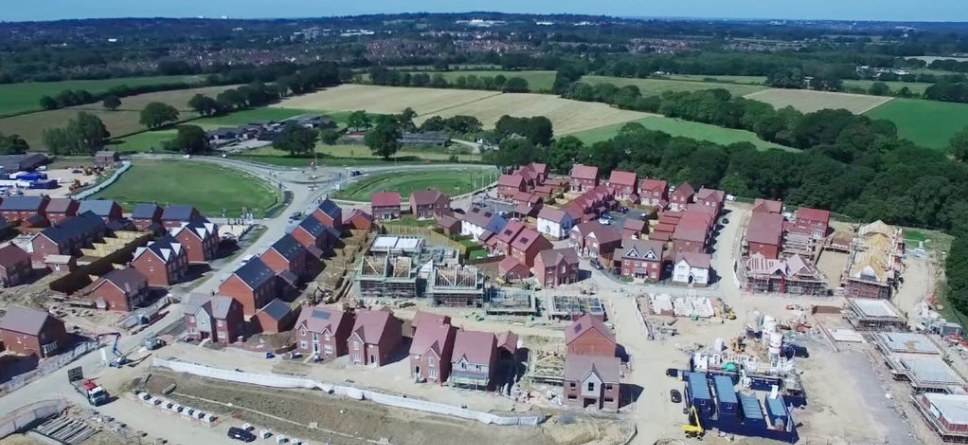When did carpentry start?
Unfortunately, there is little information about carpentry and when it was first used. The knowledge and skills from carpenters were passed from generation to generation without anything written down. However, the latest evidence of carpentry was found in Germany 6 years ago.
Fact: The word carpentry comes from the word 'Charpentier', which means carriage maker.
5200 BC
The first recordings of carpentry date back to the early Neolithic period where German water wells were discovered by archaeologists in 2012. The casings of the wells were built using split oak timbers, bound together with mortise and tenon joints.
Although it sounds easy to make wells in the 21st century, Neolithic farmers only had stone adzes (wood cutting tools) to chop down large oak trees and cut them into boards. There were no carpenters during this time because skilled farmers did the woodworking tasks.
3100 BC

720 BC
As the epic journey of the Ancient Egyptians slowly ends, carpentry starts to expand across the world with the Early Chinese civilisations enhancing these skills to create measurements used for building furniture and large alters.
The Japanese also introduced woodworking techniques, which are used today in modern construction. If you were a carpenter working in Japan, you would be working with high-carbon steel tools and learned how to become an expert in joinery.
800 BC
As woodworking skills continue to spread far and wide, the Middle East enhances carpentry even further. Common woodworking tools such as the mallet, wedge and the lathe were introduced and used for decorating various types of furniture. Carpenters would be very popular during this time because they would have the skills of an artist and a woodworker.
27 BC

1500 AD
After the fall of the Roman Empire, the medieval period began. Carpenters of the Middle Ages were highly skilled in making statues, wooden figurines, palaces, ships, and houses. The architecture during this time was also unique with Gothic, Byzantine and Georgian styles used in a variety of buildings.
Woodworkers were known as the most skilled craftsmen during this time and were paid handsomely for their hard work. Health and safety was also slowly improving with scaffolding being used during construction.
21st Century

What’s next for carpentry?
The world of carpentry is stronger than ever and will continue to grow due to the advancement of technology.
•Construction projects will take less time to build.
•New durable and hardwearing materials will be used in buildings.
•The number of injuries in the workplace will reduce because of health and safety and research.
Whatever happens in the future, carpentry will continue to flourish. Carpenters have worked on many projects throughout many civilisations and will always be part of the future generations to come.

